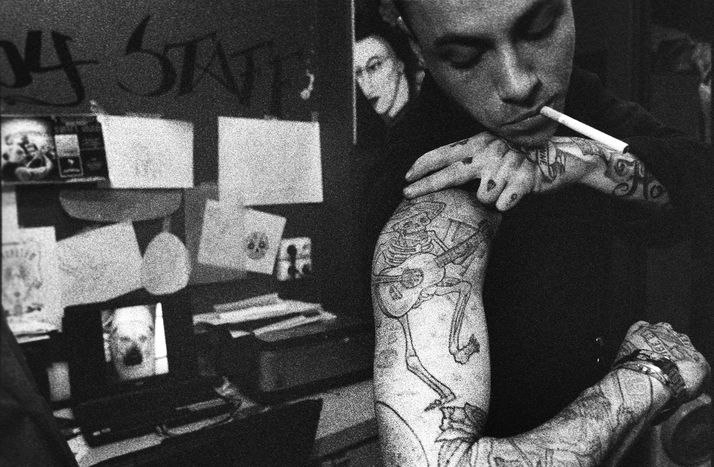
Seine-Saint-Denis: tattoos, boxing and hip hop in Paris suburbs
Published on
Translation by:
 cafebabel.com
cafebabel.com
What's going on on the other side of the French capital's periphery? If you've ever spotted a Parisian over the other side, it's most often because they're attending a sports match at the Stade de France. Journalists head there if only to film urban violence...so what lies beyond? Coming out of any city, you're certain to find urban issues, but here there are claims for a wealth of multicultural diversity which is unique to France. Simon Chang a Prague-based Taiwanese photographer, goes live on the ground to scrutinise
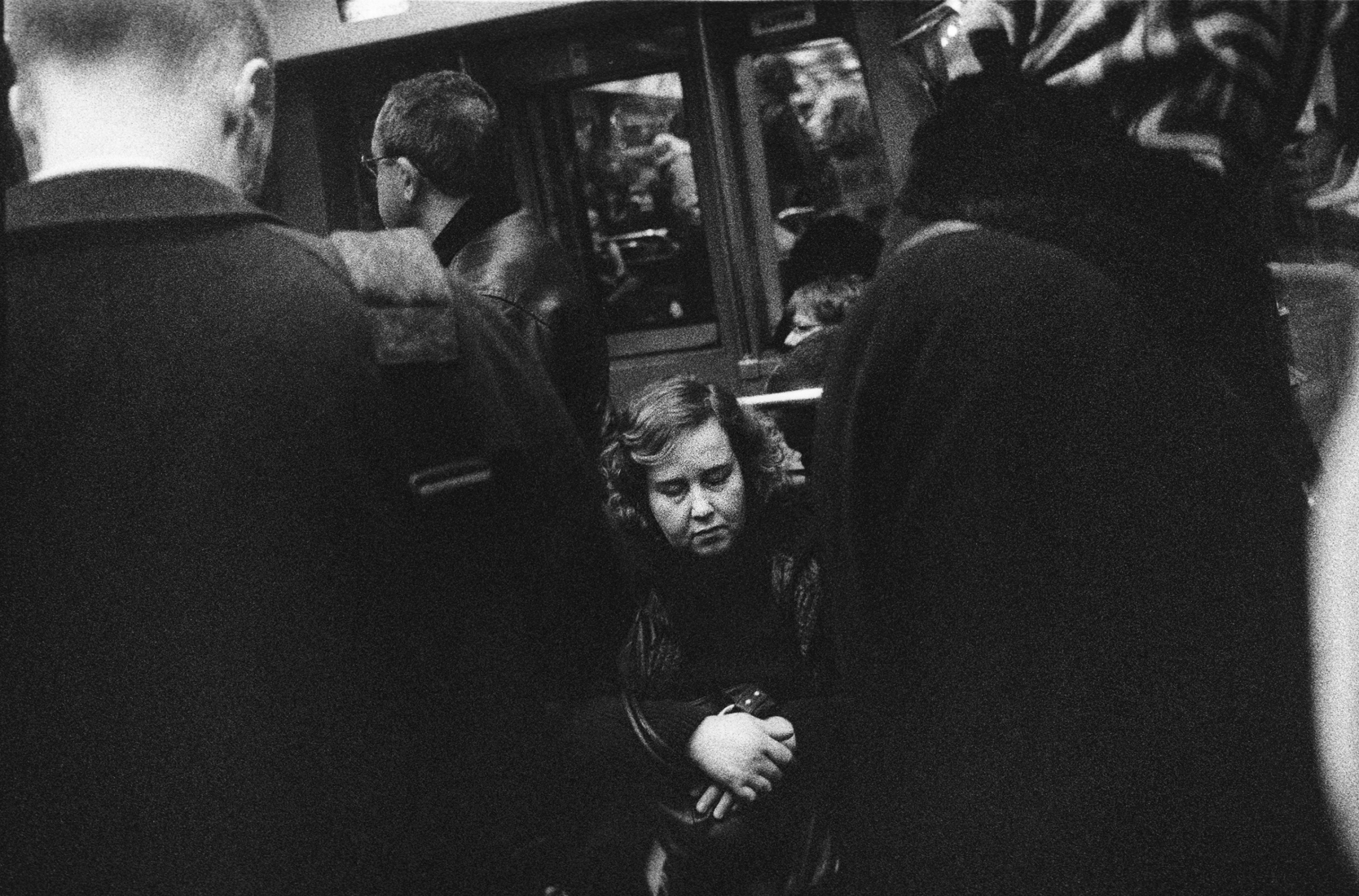
Ah, Bruno Beschizza. One of the UMP party candidate for Seine-Saint-Denis's proposals for the March regional elections centres around reserving metro carriages for women only. Transport security is one of the main campaign points for the ruling right-wing party. However a view from the inside doesn't seem to prove that passengers are really worried about this... (Image : ©Simon Chang )
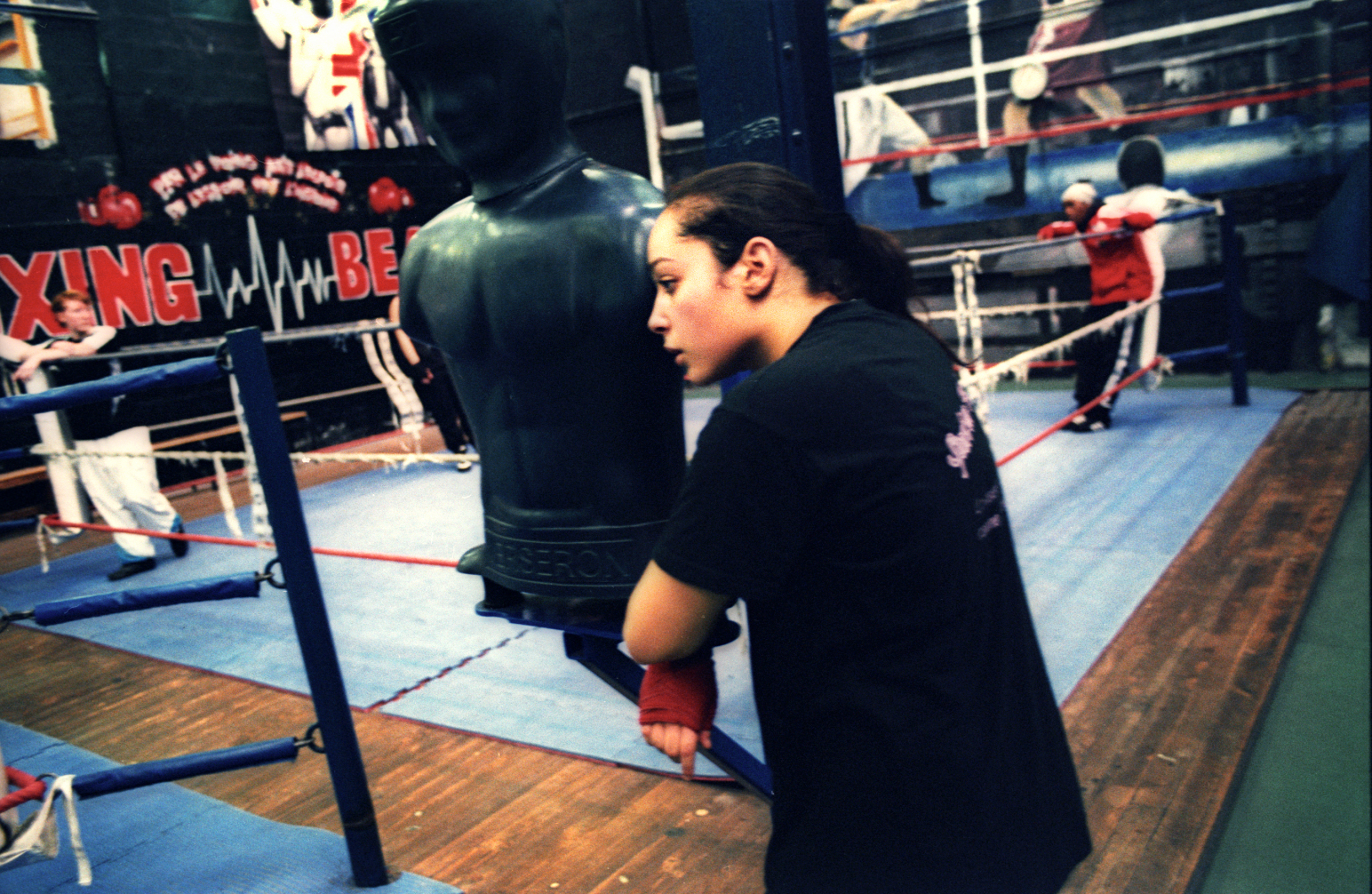
In the northeastern commune of Aubervilliers, we find Boxing Beats on Lécuyer street. It's a tiny street running along the tracks of the Parisian RER (suburban train) tracks. It's also home to the biggest French amateur boxing champions, who were trained rigorously here by Saïd Bennajem. Boys and girls box alongside each other fuss-free in the same ring (Image: ©Simon Chang)
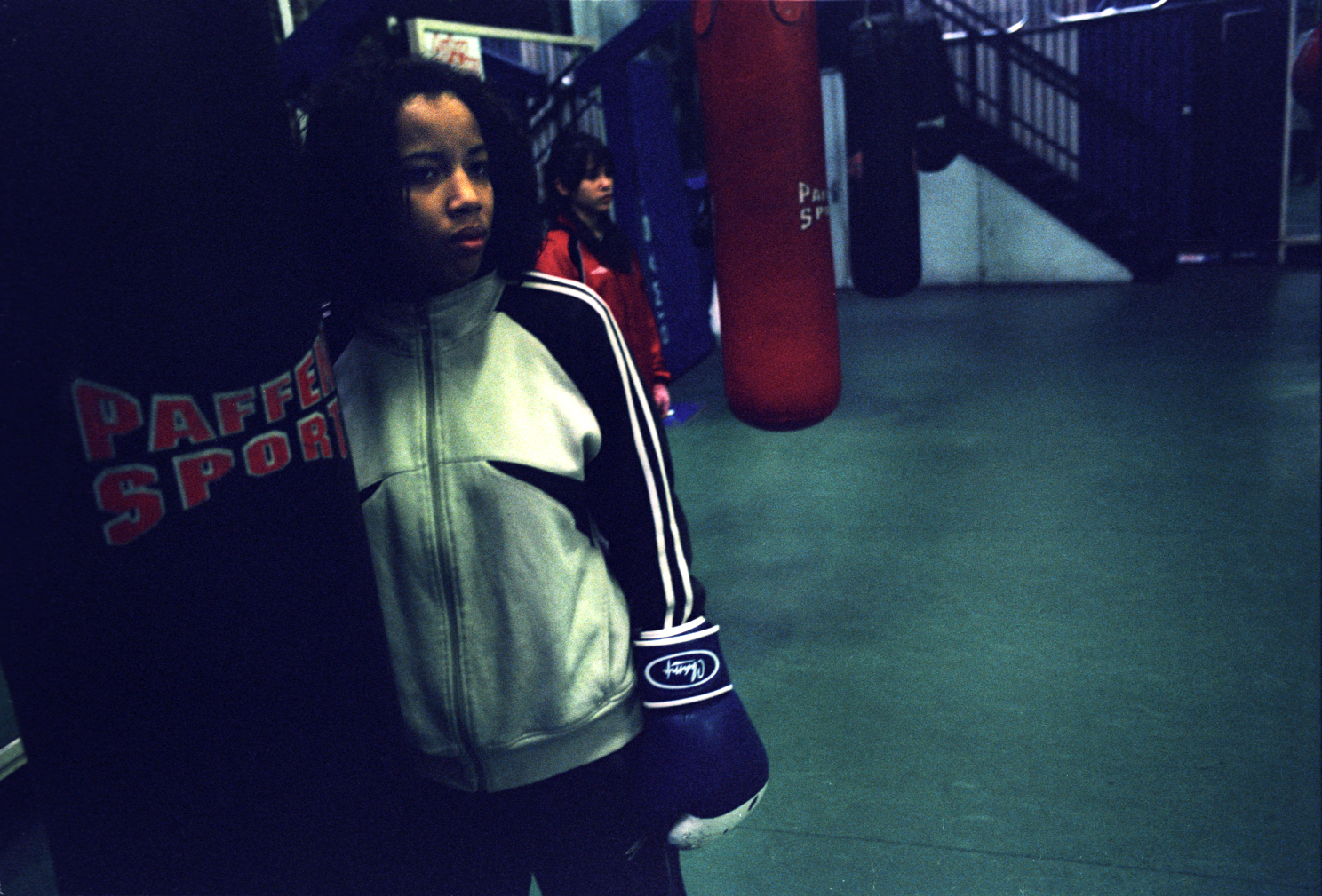
The young boxers are focussed in the shadow of Sarah Ourahmoune. After all, the 26-year-old French and European boxing champion of Algerian origins started out at Boxing Beats. Aubervilliers has around 70, 000 residents. It really breathes the atmosphere of Seine-Saint-Denis (also called '93' after its department's official administrative number), and thus is also often stigmatised in the French media. 63.1% of voters here ended up abstaining in the regional elections of 2010. But contrary to stereotype, tomorrow's talent is being harvested in a commune full of immigrants. Being a woman is no handicap to being a boxer, a virile sportsman, even in a 'troubled' neighbourhood, as Ourahmoune shows (Image: ©Simon Chang)
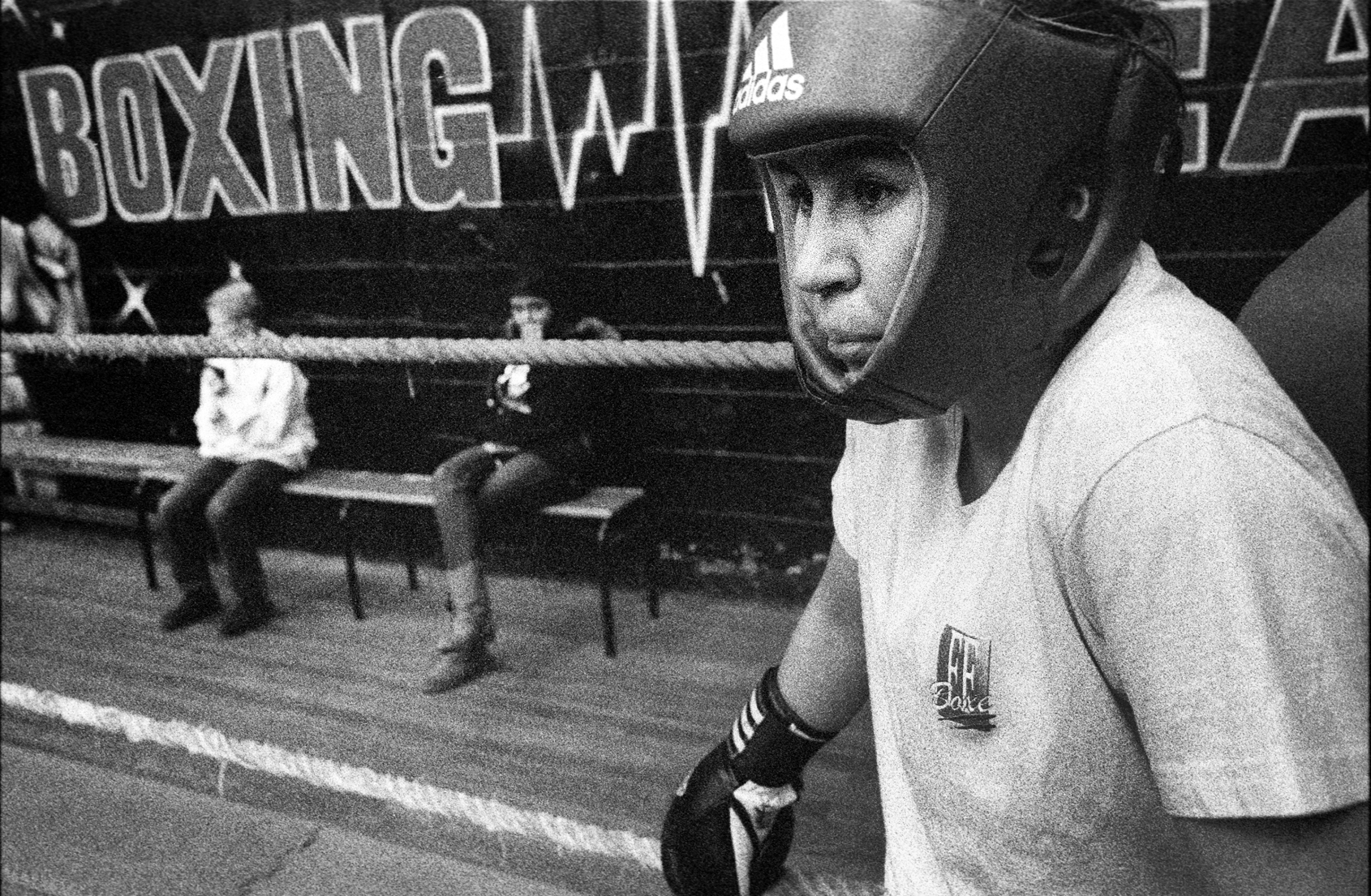
In his book La Loi du ghetto ('Ghetto Law', 2010), which was released on 3 March, Le Monde journalist Luc Bronner explores the violence which raged in a college in Aubervilliers in April 2008. Teachers went on strike, whilst another professor asked students to make witness statements to the headmaster about the insecurity of the establishment in the ZEP (a 1982 programme called 'Zone d'Éducation Prioritaire' or 'zone where education is priority'). 'If this continues the students won't have a future,' scribbled Geraldine at the time. A second-year 'brevet' (GCSE) student at the time, she is also taking boxing classes today in the ring (Image: ©Simon Chang)
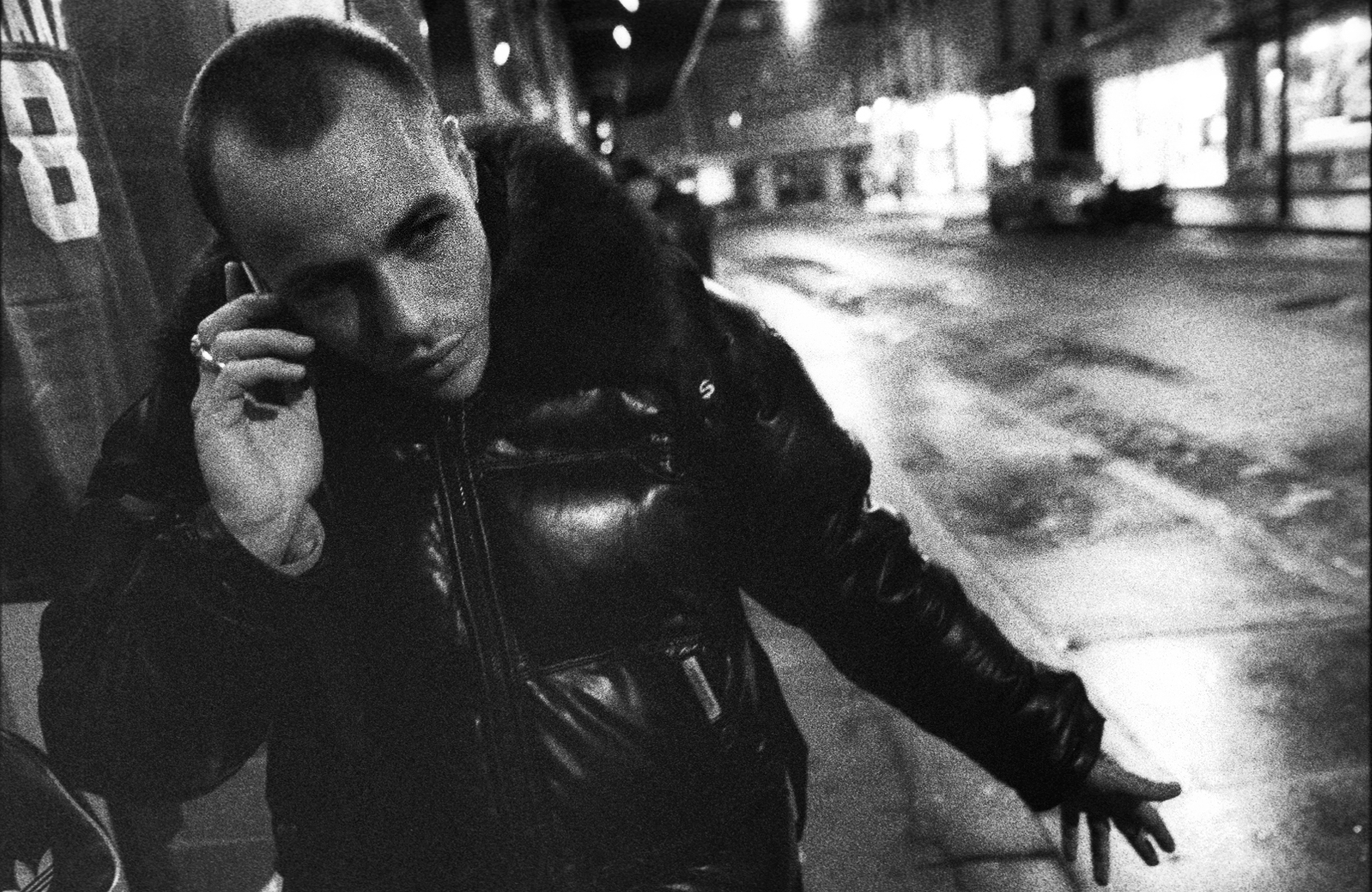
'Music, tattoo art, low-riders, graffiti, huge banditry and proletariat...' These are some of the keywords used to introduce me to the Narvalow collective. Based in the eastern suburb of Montreuil (Seine-Saint-Denis), they are comprised of graphic and graffiti artists, rappers and beat makers. One of the members, Swift Guad, is currently running his exposition which is organised by the 'Banlieusard et alors?' ('I'm an inner suburb dweller, so?') festival. Urban, mixed-race, hip hop culture seems to have been born in the overactive imaginations of this band of '93' youth (Image: ©Simon Chang)
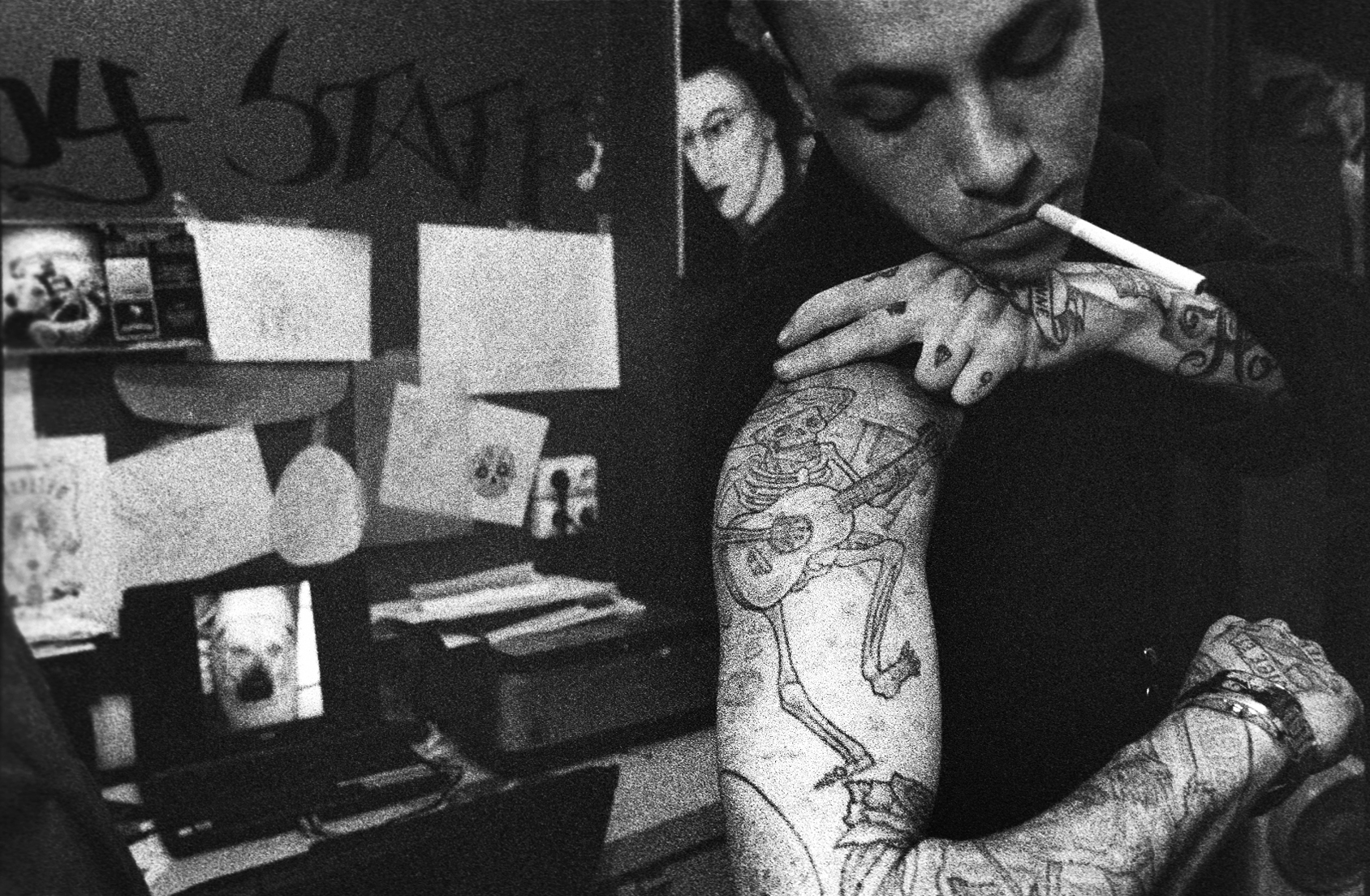
Swift is a jack-of-all-trades: a rapper, and graffiti artist who is also a great tattoo artist. In the commune of Vincennes his Body Staff parlour customer shows off his newest design (Image: ©Simon Chang)
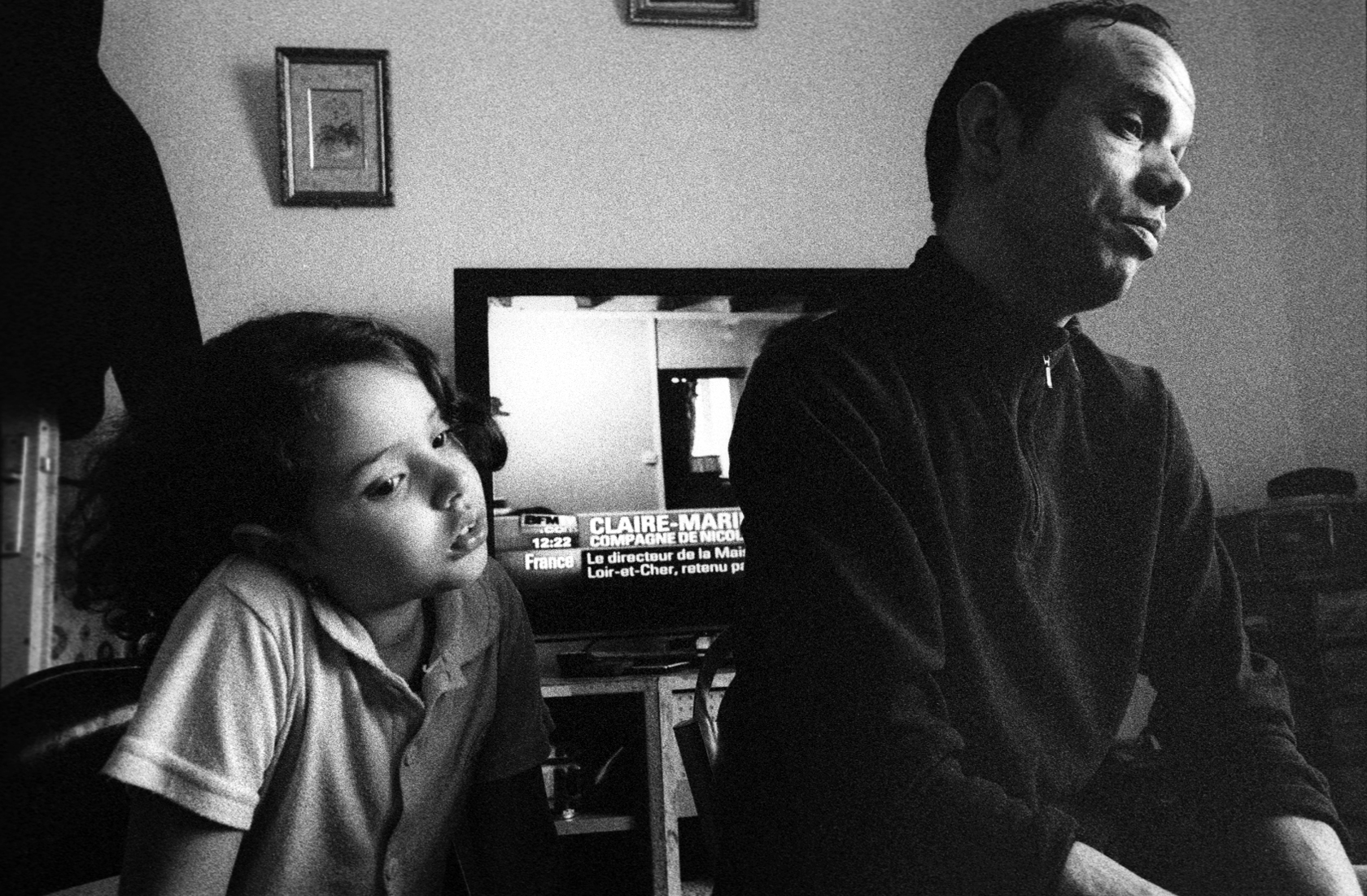
Back in the northern suburbs and not far from the Stade de France, where Parisians most popularly hang out for national sports events, Ben Ali Khedimis is showing us where he has lived for the last few years with his wife and three children. The 'social hotel' is thirty square meter. Khedimis was kicked out of his Parisian city accomodation and has found it impossible to go back. Illegal and legal immigrants mix in the hotel, all unable to provide the right documents to agencies so that they can become homeowners. The French state spends millions of euros on these social hotels which relocate families in difficulties (Image: ©Simon Chang)
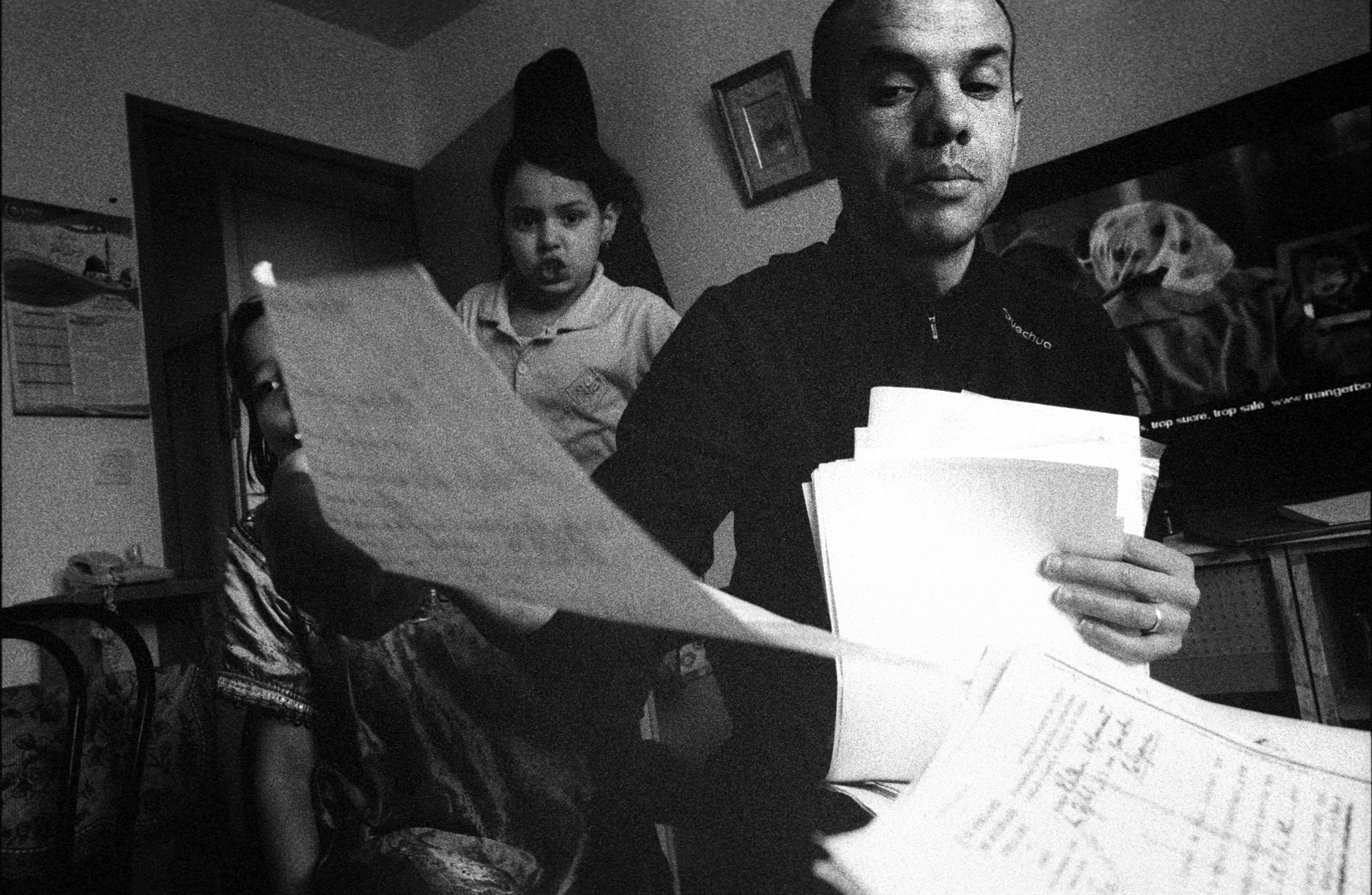
Ben Ali shows us all the identity documents that he has kept which belong to his forbearers - those who were in the French army in world war one, world war two... However, he had to flee Algeria in secret a decade earlier. Despite the fact that he has a stable job and friends by the dozen in France, he still struggles to find his own lodgings. Saint-Denis, the Stade de France and the upcoming European cinema site ('Cité Européenne du Cinéma) on the one hand is balanced out by these social hotels and a record unemployment rate on the other. As elsewhere, the French suburb is full of contrasts and contradictions (Image: ©Simon Chang)
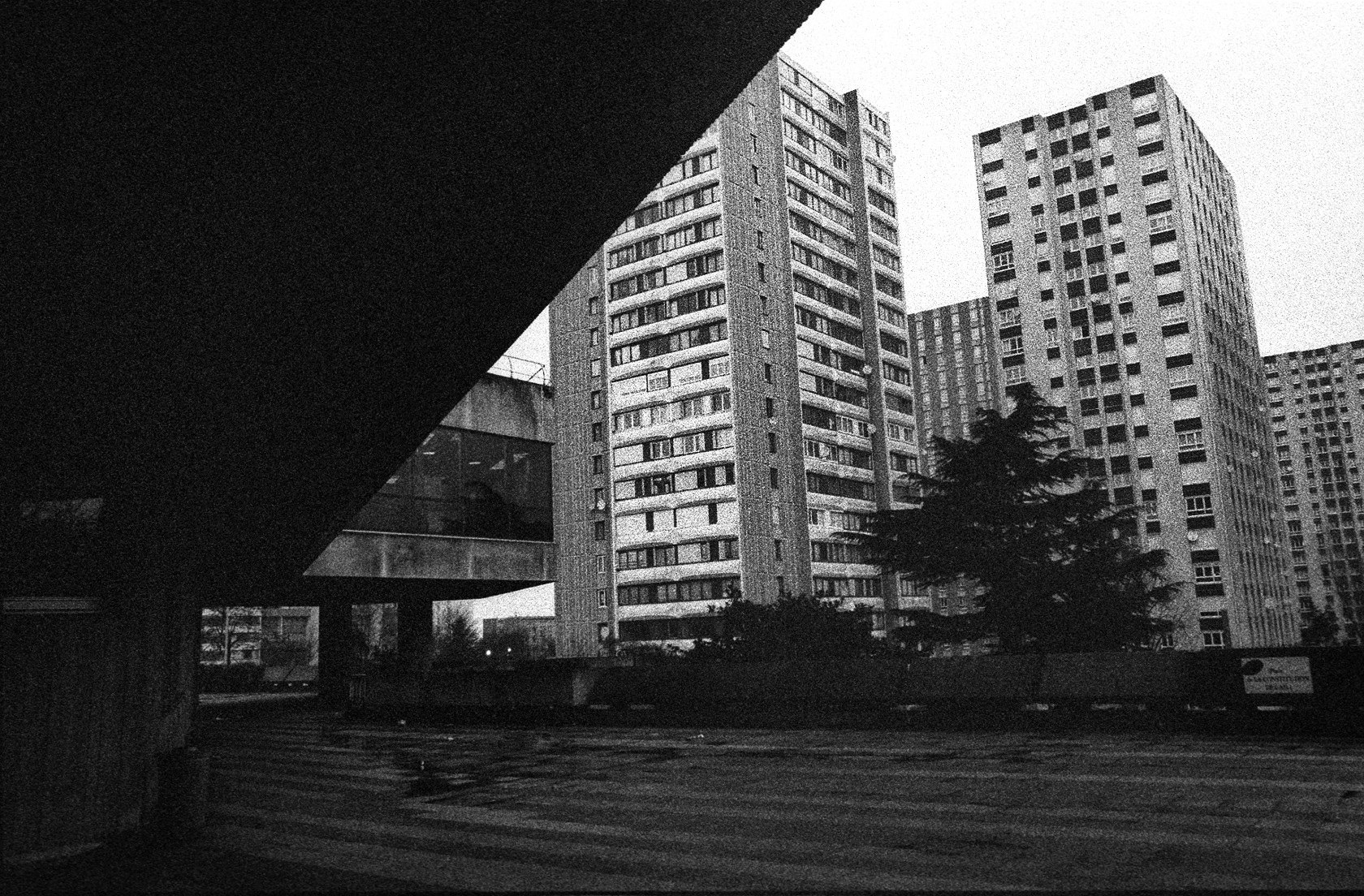
According to a Le Monde report by the urban renewal agency ('agence nationale pour la rénovation urbaine' or 'Anre'), founded in 2003, the government's urban renovation programme have not fulfilled their promise to diversify the social make-up of the suburbs. The 'culprits' are the neighbouring, richer cities who drag their feet on building new social housing and on welcoming 'other' residents (Image: ©Simon Chang)
Translated from Seine-Saint-Denis : un autre regard sur la banlieue parisienne


